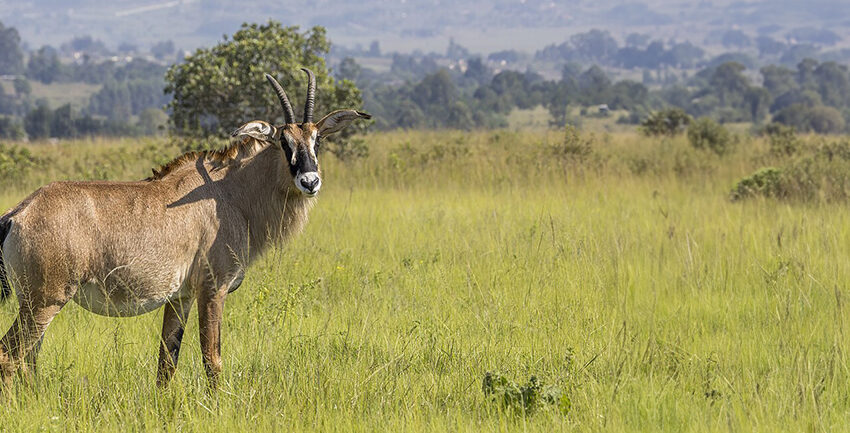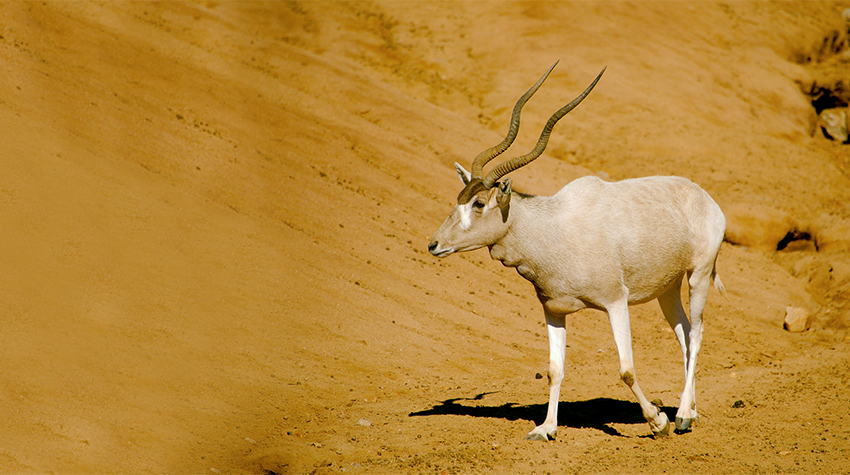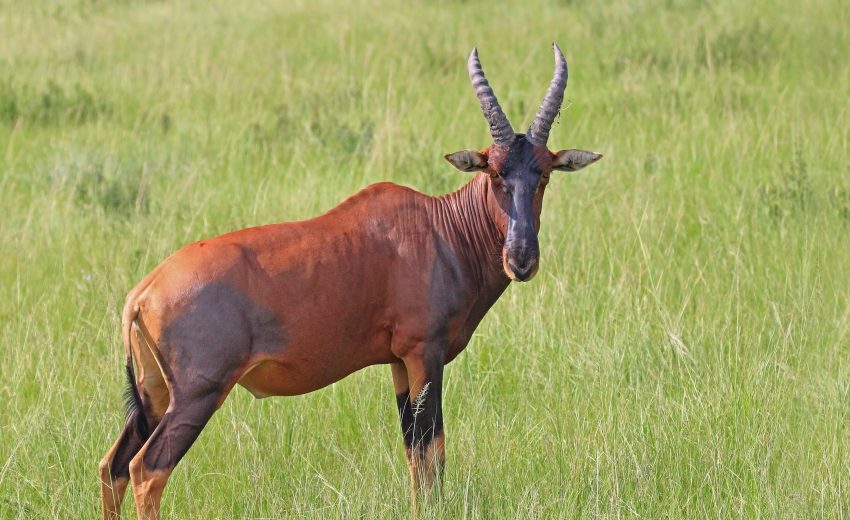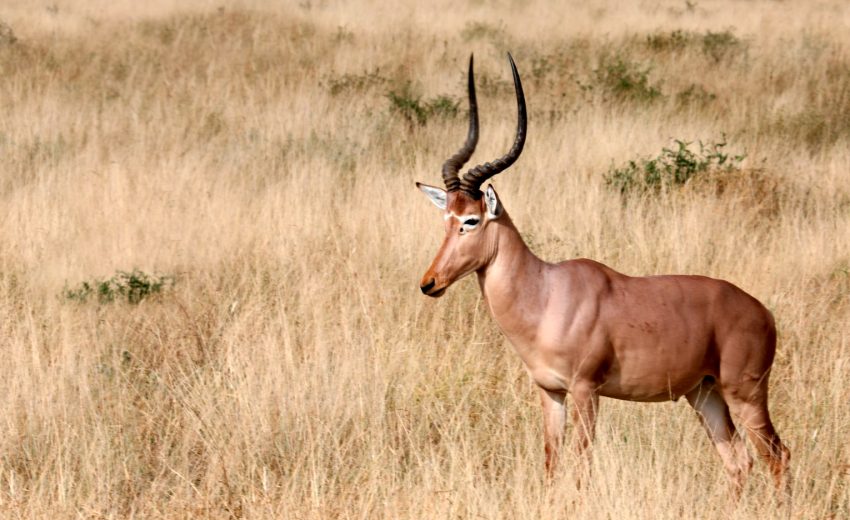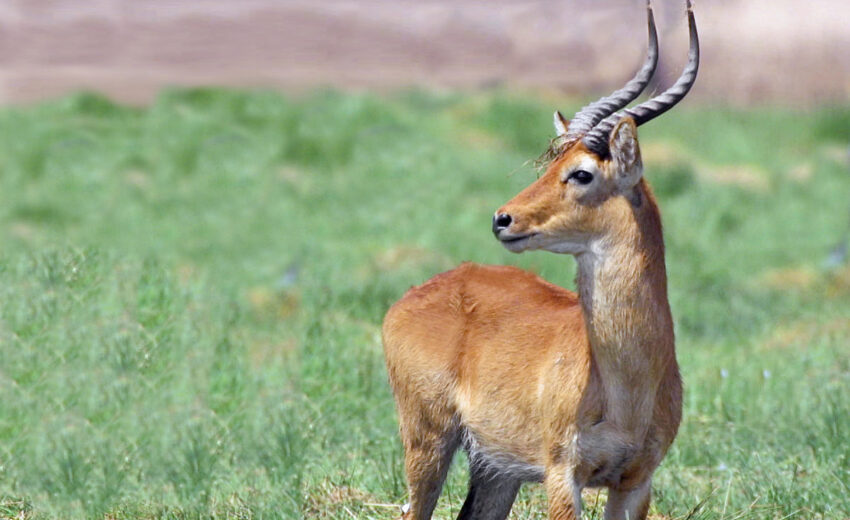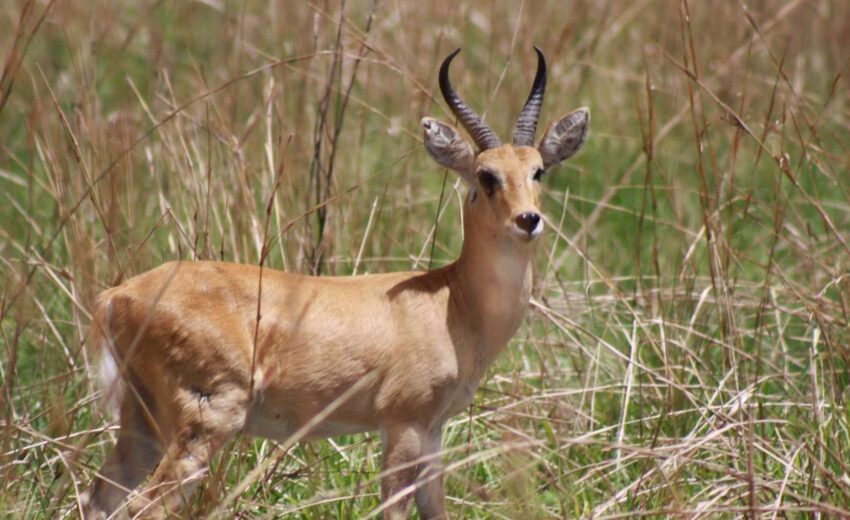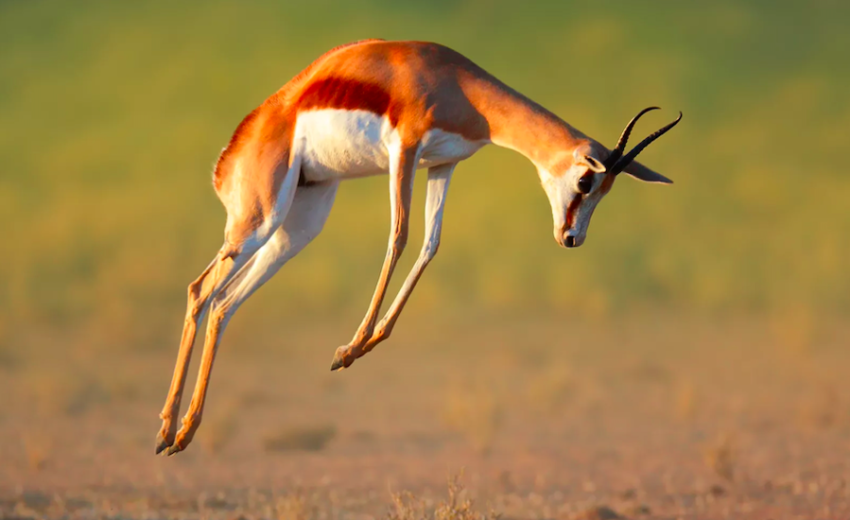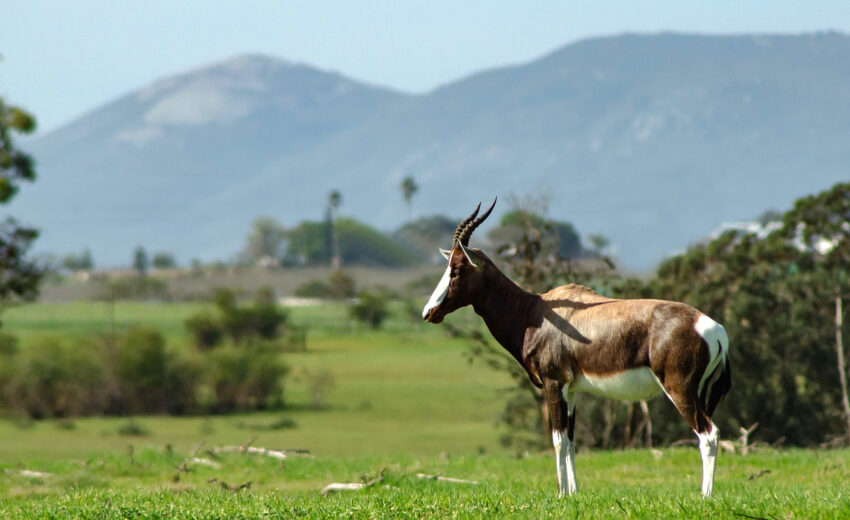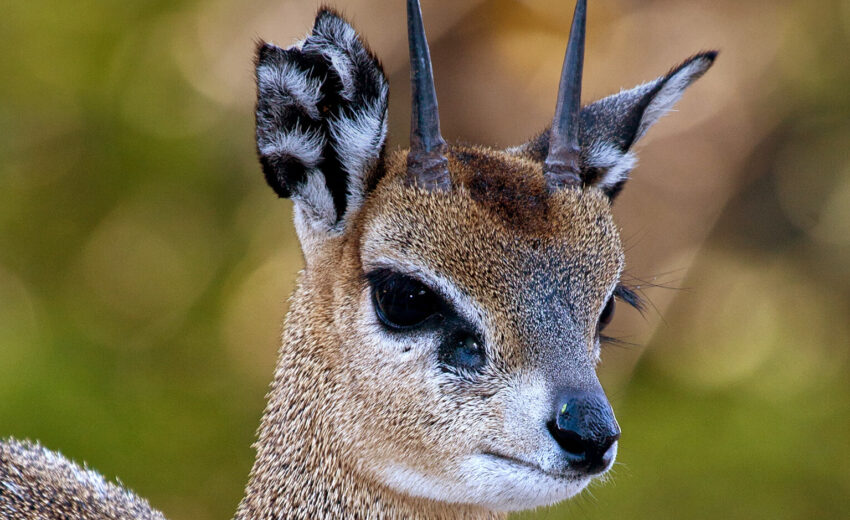Found throughout western, central, and southern Africa it’s the roan antelope. They are among the largest of the antelope species, with the bongo, eland, and greater kudu exceeding them in the weight class. Even though they
- Zoology
- Daily Critter Facts
- For Teachers
- Study Guides
- Animal Diseases & Parasites
- Contact

